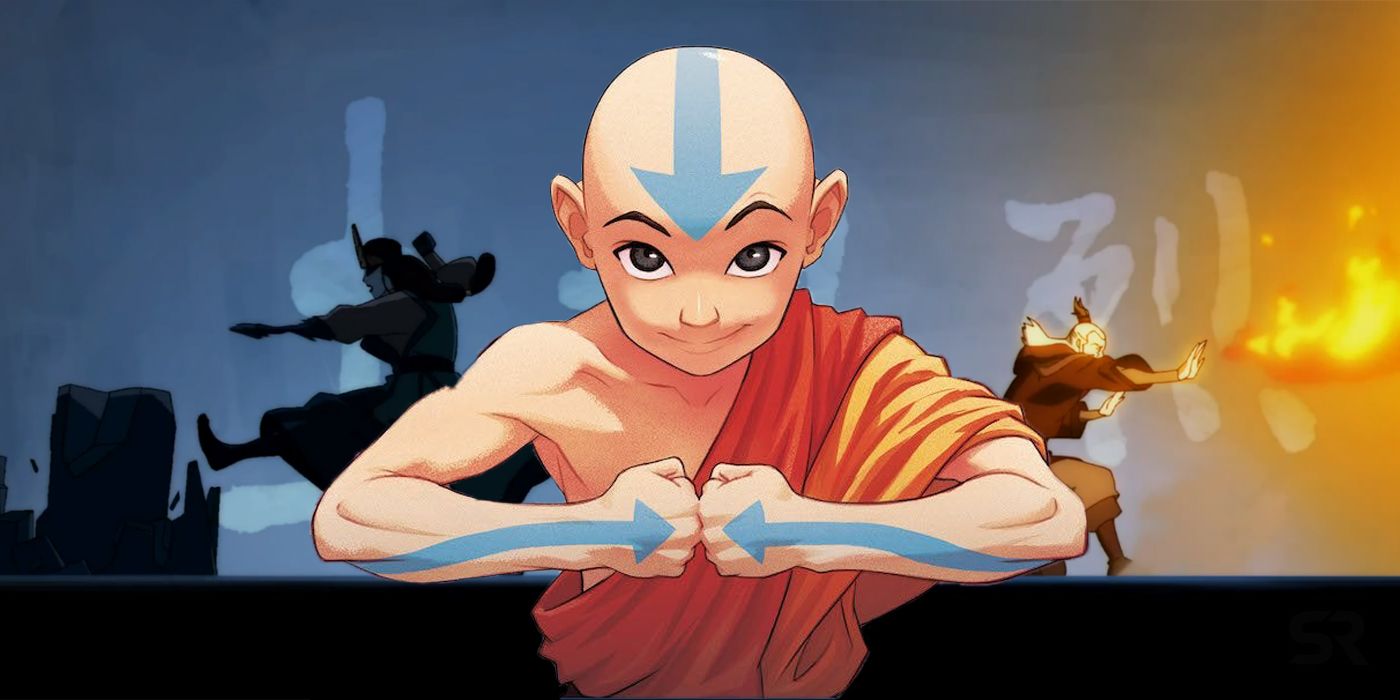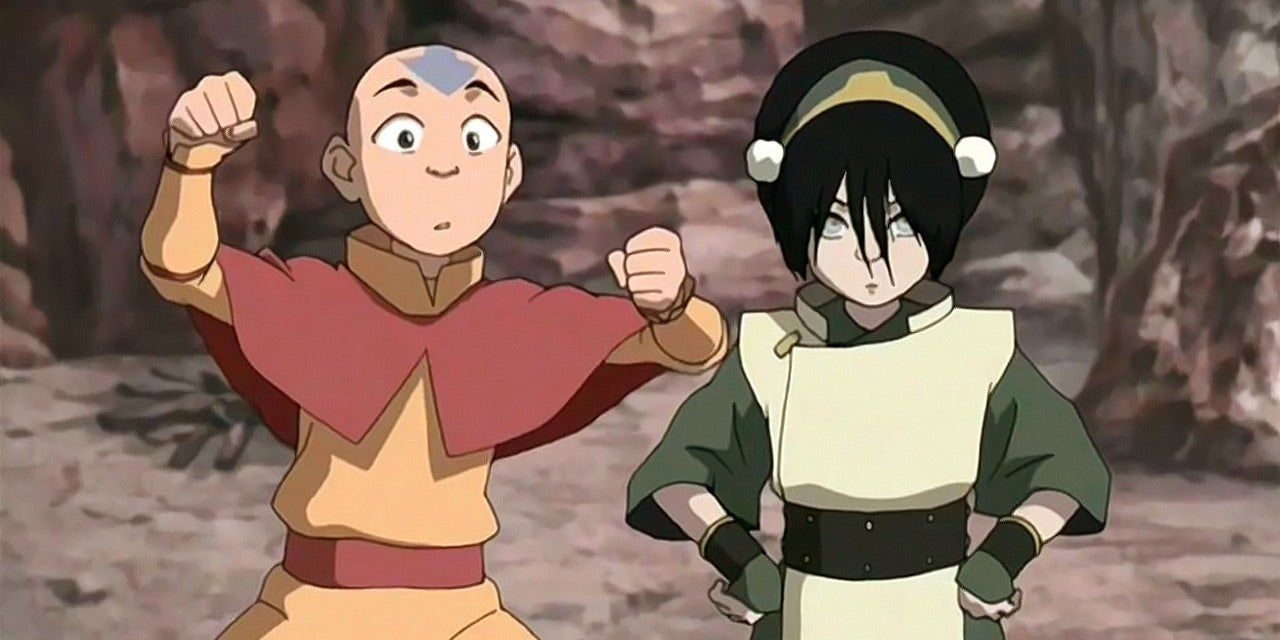Avatar: The Last Airbender draws on many different elements of Chinese culture, and each of the four types of bending is based on a different martial arts discipline - from tai chi to kung fu. Martial arts consultant Sifu Kisu, who has been practising different fighting styles since he was seven years old, provided movement references for the animators to give each of the four elements their own distinct feel. Sokka's sword master in Avatar: The Last Airbender season 3, Master Piandao, was actually created as an homage to Kisu.
One of the most highly-praised aspects of Avatar: The Last Airbender is its elaborate fight sequences, in which firebenders face off against waterbenders, waterbenders face off against earthbenders, and a few in the Four Nations have the privilege of fighting Aang, the last airbender. In order to make the fights feel real and make each of the four types of bending look distinct from one another, the animators used reference videos of Sifu Kisu and other martial artists working through the action beats in the script. Kisu created a "Bible" of movements for each of the four bending disciplines, with the martial arts they were based on corresponding to the spirit of the element.
Earthbending, which features strong, rooted stances and powerful movements, is based on the southern Chinese martial art Hung ga. Toph Beifong fans will notice how the earthbending master favors low stances with her feet planted far apart, so that even her body looks like an unmovable rock. "Hung ga is based on the movements of animals - especially the tiger, which represents hard power, and the crane, which stands for soft power," Sifu Kisu explains in the making-of featurette Avatar: The Last Airbender - Creating the Legend.
Waterbending, Katara's speciality, is based on the more fluid movements of tai chi - which, Kisu explains, is "less about strength and more about alignment, body structure, breath, and visualization." Combat is only one element of tai chi, which is just as often used in a slower form to guide meditation and strengthen the connection between the mind and the body. This style is reflected in the fact that waterbending is the only type of bending that can be used for healing purposes.
Firebending, the often terrifying weapon wielded by Prince Zuko and his fellow Fire Nation benders, is based on Northern Shaolin kung fu. "It's a very strong, dynamic style that uses powerful hand and leg movements," says Kisu, adding that many other styles of martial arts have their roots in North Shaolin. The aggressive style is a good fit for Zuko, who uses his firebending as an outlet for his anger. More broadly, it's well-suited to the Fire Nation, which throughout Avatar: The Last Airbender is pushing to conquer all of the other tribes.
Finally there's airbending, Aang's original discipline and the one that comes most naturally to him. Aang uses airbending for all sorts of things, including flying with his glider and rushing around on an air scooter. Airbending movements are based on bagua, also known as circle walking, which is why Aang is constantly moving in a circle when performing his airbending. The air scooter itself is based on this principle of circle walking. Bagua is representative of Aang and the Air Nomads' principle of pacifism; it's less about attacking an opponent, and more about constantly evading their grasp.


